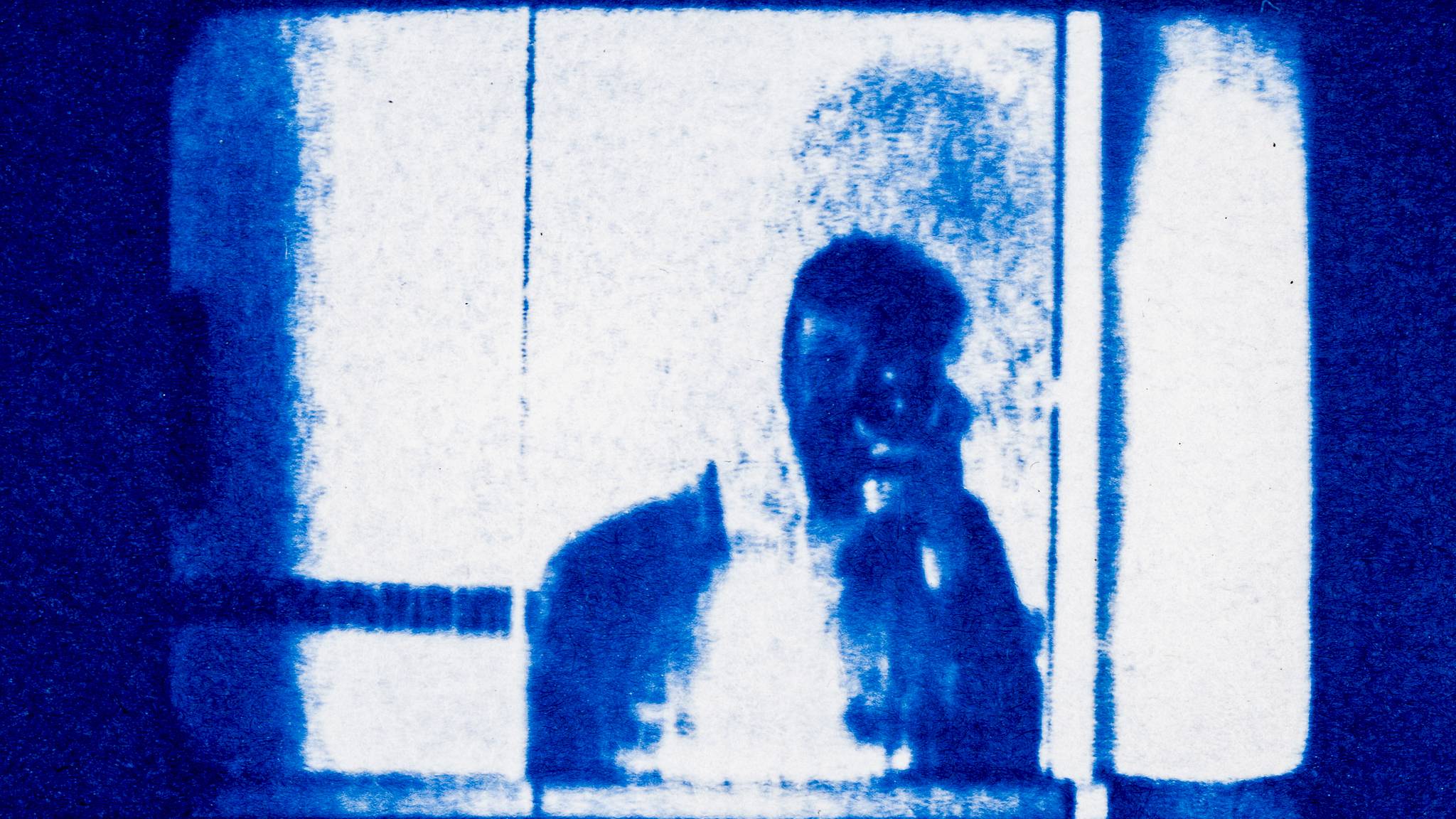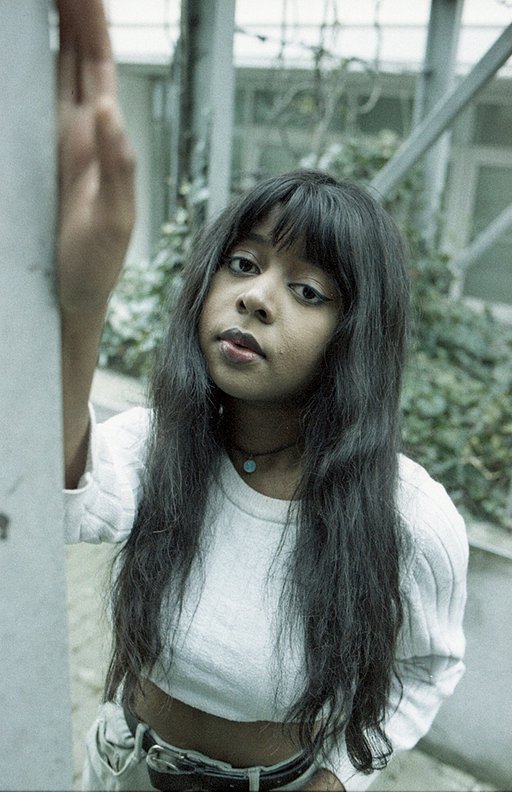I AM A DARKROOM - A Film about Ecological Processes in Photography by Edd Carr
1 10 Share TweetUK-based artist and Sustainable Darkroom co-director Edd Carr has been researching and experimenting with alternative photography processes that are ecologically friendly. In his latest film titled I AM A DARKROOM Edd employs a mix of developing techniques such as using coffee and food waste to create a film that is a true celebration of the nature and aesthetics of analogue photography. We talked to Edd about the inspiration for this project and the message behind it.
Hello Edd, please tell us a bit about yourself.
I am an artist from Yorkshire who works with analogue processes such as Super 8, 16mm, cyanotype animation, and more, to make video works on the ecological crisis. I am also one of the leaders of the Sustainable Darkroom, a non-profit organisation that is committed to the research and development of ecological alternatives to analogue and digital photography. Within the Sustainable Darkroom, my area of focus is animal rights and welfare, specifically the use of animal gelatine in photographic film.
What was the inspiration and ideas behind this film?
I was asked by fashion photographer Tyrone LeBon (Burberry, Marc Jacobs etc.) if I’d be interested in making a film for his Reely and Truly series produced by DoBeDo Projects, which in the past has documented the work and lives of photography greats such as Juergen Teller, Arākii, Jason Evans, and so on. Previously, Tyrone had shot them himself, but now wanted to pass the torch on to younger photographers. He contacted me about making one on a photographer using ecological methods and materials, as I’d interviewed him for my paper on gelatine in analogue film, The Ecology of Grain. I suggested the idea of making one about the Sustainable Darkroom, the organisation that I run alongside Hannah Fletcher and Alice Cazenave.
The film features us and other photographers that have worked with the organisation as artists-in-residence. My approach to the film was to avoid the traditional documentary format - you know, talking heads discussing their work, or a linear timeline of our development - and instead focus on their motivations behind using more ecological processes, and reflecting this in how the film was made and the materials used.
Tell us about the process of making the film and what methods you used.
This is probably the most extensive list of processes I’ve used in a film! The main body of the film was shot on Super 8, mostly Kodak Tri-X and some expired KD40 that I got cheap on eBay. This was then mostly developed in homemade chemistry from the likes of coffee, food waste, as well as some herbs grown in our previous darkroom garden. I used the ‘spaghetti style’ method, where you cram the roll into a 35 mm developing tank, so it gets all bundled up and results in scratches, fingerprints, and other material traces. Between the Super 8 sections, I used a number of different processes, to name a few: phytograms (plants dipped in chemistry then applied directly to film), cyanotype animations on paper/seashells/waste coffee cups/Amazon packaging, soil chromatography, seaweed cut into 8mm strips, 35mm developed in plant chemistry, Super 8 transformed with AI, chemigrams, sewage film soup, leaf and bark rubbings - the list goes on!
How has your personal work adapted and changed due to using sustainable methods in your photography?
I’d say that since I transitioned from digital, I (like many analogue photographers) had to learn to be patient in waiting for the image. Beyond that, getting into the sustainable methods gives you an extra dimension of patience, especially if you try to work your processes alongside the ecosystem you live in. So for example, with my personal projects at the moment, I try to tie the film I’m making to the area it is located. That means working with seasonal plants and figuring what will be most effective, as well as the materials that appear in your ecosystem. This doesn’t necessarily just mean plants. For example, when making the documentary I was working in Leeds, and the brief section on coffee cups are from a bin that was full of them! So fundamentally, learning to adapt the materials of your practice to the world around you and not just the content or framing.
Whats the most exciting or unusual thing you have learnt since exploring alternative and sustainable film processing methods?
For me, it was just the fact that alternatives exist. Photography is so tied to systems of mass consumption, where toxicity, waste production, resource exploitation etc. are accepted as a given for it to exist. In fact, I stopped shooting for over a year because I felt guilty. But working with the Sustainable Darkroom gave me an in which - whilst not perfect - is a way to navigate through this material mess we find ourselves in, both in photography and the wider scope of ecological crisis. So ultimately, I was just excited to get back to making! And of course, the fact you can develop in a combination of berries, water, and wood ash is also super cool!
What's next for you?
I’m currently working on my next documentary with Film London as part of their FLAMIN Fellowship, which will be about ecological trauma in the Yorkshire uplands. In terms of the Sustainable Darkoom, we are hoping to get a space going in London towards the middle/end of the year - so keep an eye out!
Thank you to Edd for sharing this fascinating project with us. Check out more of his work on his website and follow The Sustainable Darkroom on Instagram.
2024-02-05 #news #videos #uk #ecological #coffe-developing #alt-photo #sustainable-processing #i-am-a-darkroom #edd-carr #alt-london


























One Comment